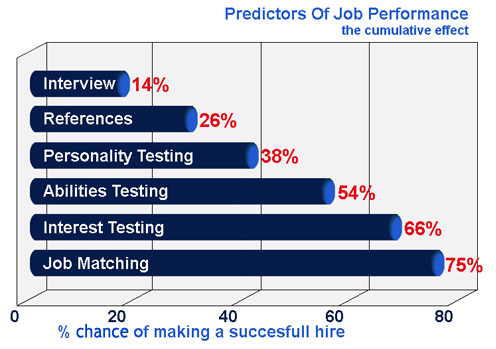Cutting back and dealing with redundancy
14/10/2008
Reducing staff efficiently and fairly
Thinking of redundancies, cutting back
and reducing staff levels due to the impact of the so-called credit crunch?
And… avoiding constructive dismissal claims
Many companies have already either started laying staff off or are seriously considering it. How do you do this effectively, fairly and above all efficiently from the organisation’s point of view? Do you choose last in, first out (unfair) or try and pick your worst performers, the one’s that make the least contribution to the business.
In principle this is fair but how do you choose and on what basis do you choose them and how objective will that be? Do you interview everyone which is fair but that could be hugely time consuming. However you are likely to assess/review all those who may be affected.
To do this objectively, all factors under examination should be able to be
measured and in a way that is reliable and more importantly comparable. So
what might you look at. You could look at performance but how would this be
measured by whom? Sales is relatively easy but no less simple because it’s
not just sales value, it’s lead time to get a sale, pipeline, conversion
rates, gross margin etc. What about an admin clerk how would you measure that?
The number of bits of paper processed per day? What else:
Absenteeism.
Attitude
Interest in the job
Ability
Job fit
Team player
Experience
Ambition
Qualifications
Age (hmm…. forget this one)
Intelligence (emotional or otherwise)
Level of enthusiasm
Energy and motivation
The list goes on … so which are the most important factors?
It’s job fit
This can be measured in an objective way - using a psychometric assessment
that looks at the whole person, which measures several factors that make up
the overall fit for a job. And if the same parameters are used to define the
job, then you have a direct comparison ie. whether a person is a good fit
for the job or not - as the case maybe. This assessment is called the Profile
XT.
Job fit has been shown to be more important than qualifications, experience,
age, sex and race*.
If there are several people in a role, the use of the Profile XT (PXT)will provide the right basis for making a decision as to who should be made redundant. The next decision usually involves whether an individual being considered for redundancy may be suitable for another role within the organisation. If all the other jobs within the organisation have been defined for job fit then this is another problem solved. This will stand up as objective criteria in any constructive dismissal claims.
Research** has shown that there are several factors that are important in making a decision as to the suitability of an individual for a job. These are shown below:

To make the most of matching an individual to a job, job fit must include the above factors ie. personaliy testing, abilities testing and interest testing.
The Profile XT does all this. It is a comprehensive assessment that covers
the following:
• Verbal ability and reasoning (abilities testing)
• Numeric ability and reasoning (abilities testing)
• Personality or character traits (9 traits are measured)
• Work interests
• Job fit
It also includes a distortion index which measures the propensity of an individual
to tell the truth. Now all this sounds expensive but the development of job
descriptions are all free. The assessment is the only thing that is chargeable.
To find out more click here
or go to www.anovacoms.com/assessments/the_profile_XT.htm
or if you would like to discuss this, arrange a free trial or look at a sample
report then call +44 (0)1491 636300 or mail info@anovacoms.com.
References
*Greenberg M., Greenberg J. Job Matching for Better Sales Performance. Harvard
Business Review, Sep. 1980.
**Smith M. Psychological Bulletin, vol. 96. 1994.

